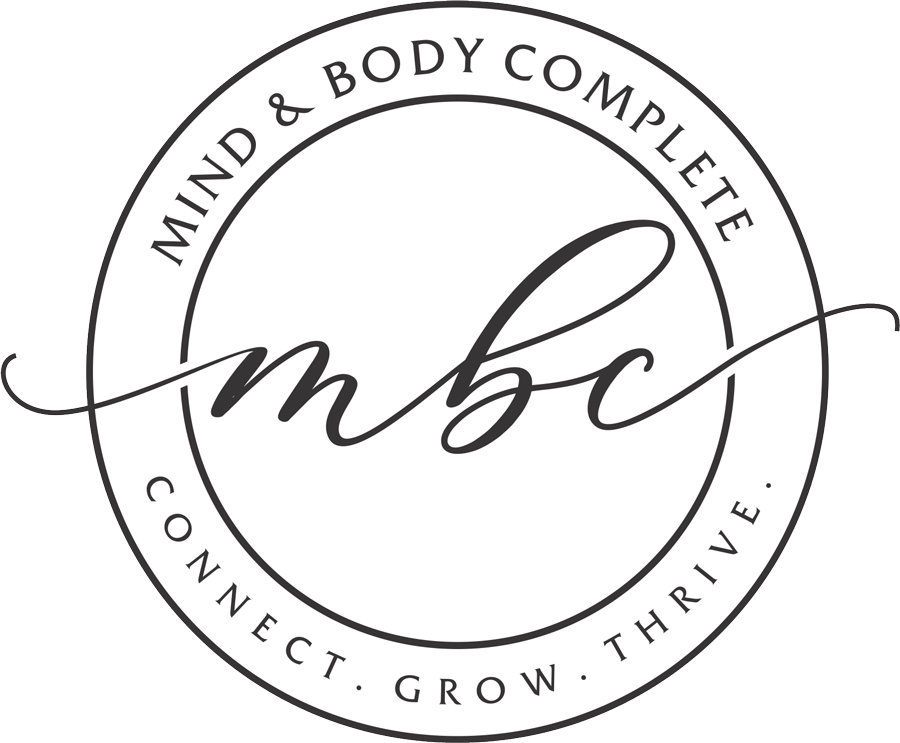 Hi Babes! Today, we’ll be discussing what not to do when teaching yoga. But, before I dive in, I wanted to share that things have been a little hectic for the Mind and Body Complete team as we prep for our retreat in Destin, Florida. We still have a few spots open, so hop on over to get registered and secure your spot. We’ve gone all out this year, we’re dedicating ample time for yoga, reflection, nourishing meals (with wine time!), a sacred sound bath and a few other surprises. This will be YOUR time to slow down, reset and recharge with us as we kiss the sun on a white sand beach.
Hi Babes! Today, we’ll be discussing what not to do when teaching yoga. But, before I dive in, I wanted to share that things have been a little hectic for the Mind and Body Complete team as we prep for our retreat in Destin, Florida. We still have a few spots open, so hop on over to get registered and secure your spot. We’ve gone all out this year, we’re dedicating ample time for yoga, reflection, nourishing meals (with wine time!), a sacred sound bath and a few other surprises. This will be YOUR time to slow down, reset and recharge with us as we kiss the sun on a white sand beach.
Teaching Yoga Means Making Mistakes
Ok, let me get real with you, teaching yoga is no cake walk. You invest a lot of personal time to improve your own skills so you can be a master of your craft. That’s great and all, but nobody’s perfect so you’ll trip up a few times- AND THAT’S OK.
If you are not making mistakes, you’re doing it wrong.
Give yourself grace. I’ve been a yoga teacher trainer for many years and I still make mistakes. However, I also try to be guided by a few major don’ts that limit my margin of errors and enable my students to get the best of me.

Yoga Means Looking Beyond Your Pride, Especially When You’re the Teacher
I’ve prepared a checklist to helpfully remind you that pride has no place in yoga. The main thing I want you to take away for this section is don’t take things personally. Here we go:
- Don’t step outside your scope of practice. If you’ve not mastered a particular asana, understand class time is not your space for your own trial and error. Also, you cannot teach what you’ve just learned as though you’re a master at it. This could cause injuries for you AND your student(s).
- Don’t be someone you are not. Yoga teachers vary and follow different principles, lifestyles, appearances, and approach to teaching. There is NO one fit all mould. Be you.
- Don’t try to please everyone. You’re the teacher, stand firm based on your own experience and pre-class prep. Don’t put yourself in the position to teach what you THINK they want, do you.
- Don’t let your ego rule. It’s ok if you don’t have all the answers. This is a centuries old craft, there is always something else to learn.
- Don’t say yes to every teaching opportunity to build up your hours. Also, don’t overdo it. Your body needs time to recover between classes.
 Teaching A Yoga Class Means Remaining in Charge While Remaining Flexible
Teaching A Yoga Class Means Remaining in Charge While Remaining Flexible
For this checklist, I want you to reflect on your experience and connection with your students. The yoga teacher-student bond is important, it will help you foster committed and dedicated class attendees. However, there are always extenuating circumstances that will fall out of your realm of control, so you’ll need to remain flexible.
- Don’t not care. I mean, why become a teacher then? Nuff said!
- Don’t get distracted. I think this one is pretty self-explanatory.
- Don’t forget to let your students know everyone looks different in poses. Yoga is personal and everyone’s body is different. Create a body positive space so they can learn, grow, and feel safe enough for the trials and errors that come with practicing yoga.
- Don’t force it. If one day you find yourself teaching a class that is filled with newbies, adapt your asana plans where possible and be sure to show them different variations that are suitable for their level.
Oh, there’s more:
- Don’t assume one alignment fits all. This one is related to the tip above but is worth mentioning on its own.
- Oh, remember that bit I’ve just mentioned about practicing flexible teaching? Don’t over prepare with big elaborate plans. You may not know who’s walking into your space that day or how they’re feeling. This applies to newbies or a die-hard yogi.
- Don’t focus on the needs of one student during a class. Your other students will feel overlooked and be offended. Angry students don’t return. Also, that singled out student may also not be comfortable with being the center of your attention. Which reminds me, don’t single out a student as an example of what not to do. That would make you an a-hole, not a teacher. It is ok to quietly approach a student if it is a safety issue, otherwise address it as a group notice or take it after class in a one on one situation.
- On the other end, don’t be a helicopter teacher. Awkward! You shouldn’t help your students too much, you’ll delay their personal development. I get it, you want the best for them but fight that temptation to overstep (unless it is a safety issue). You need to allow them to grow into their asanas at their own pace.
- Don’t use a ‘make em sweat good’ attitude. This is not a cardio or spinning class; pushing them like this in a yoga class will guarantee injuries (unless of course you have designed your class this way and it is clearly understood by your students).
 The Biggest DUHs that Should NEVER Happen When Teaching Yoga
The Biggest DUHs that Should NEVER Happen When Teaching Yoga
This checklist looks at much more obvious practices that should never, ever take place while teaching yoga. I’ll call this the ‘DUH, that’s a HELL NO’ checklist.
- Don’t be sexual in your help. Also be sure to gain permission when physically assisting students. Else you’ll go to jail, nuff said! (I mean, who the hell looks good in orange prison jumpsuits?)
- Don’t discriminate, period. Just to be crystal clear, don’t discriminate based on size, age, culture, ethnicity, sexual orientation, etc. If you feel that urge to do so, evaluate your personal ethics, stop teaching, and seek help, immediately.
- Don’t use your students as healing tools. Yoga class is not group therapy for the teacher. Please find a professional and work through your issues. There is no shame with experiencing phobias, depression, anxiety, etc., just be sure to get the help you need and leave those issues at the door when you step into a class.
 The Five Dos of Teaching Yoga
The Five Dos of Teaching Yoga
As always, it’s important to end on a positive note. Here are five simple actions that can make your yoga teaching experience truly golden.
- Be yourself
- Trust yourself
- Get to know your students
- Invest in yourself
- Value what you have to offer
Go Deeper
Wanting to really learn an in depth way to teach – OR to take your own practice to a deep level? Check out our online yoga teacher training program. Check out what a recent graduate had to say about the program:
“The online yoga teacher training program allowed me to fulfill my goal of becoming a yoga instructor while balancing the demands of everyday life as a teacher, mother and wife. Shannon and Kim have created a self-paced program that is well-organized and thorough. They were readily available for extra support whenever I needed it. After practicing yoga for 20 years, I am now a confident and well-trained yoga instructor, ready to share my knowledge with future yogis.” – Teresa Neilson, California
Until next week. Namaste!







